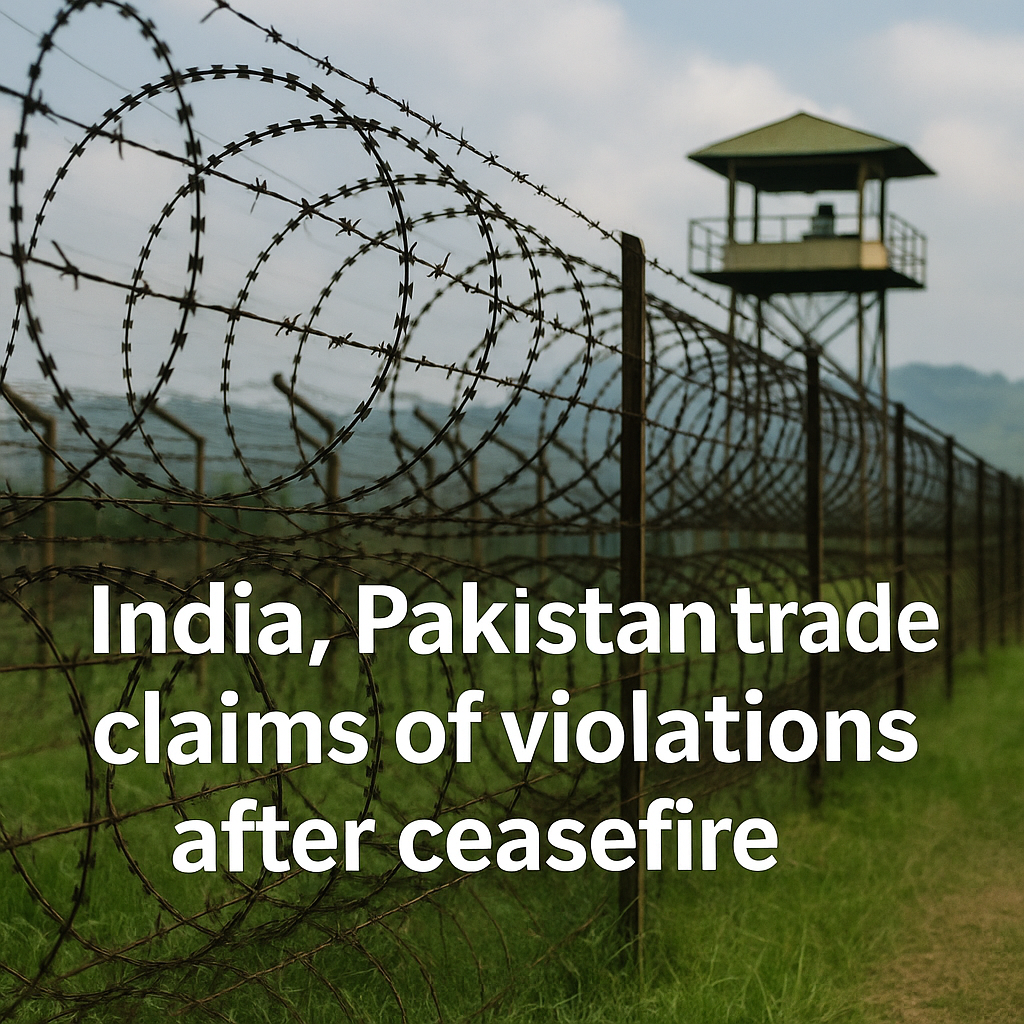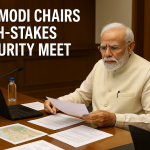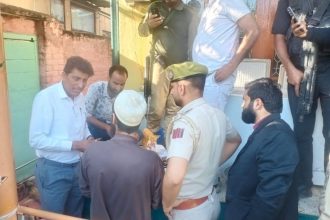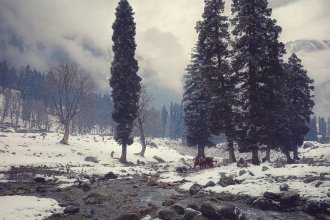ISLAMABAD/SRINAGAR – Just hours after US President Donald Trump proudly announced a full ceasefire between India and Pakistan, hope quickly began to unravel on Sunday as both nations accused each other of fresh violations along the volatile Line of Control (LoC) in Kashmir.
For people living near the border, the news wasn’t just politics—it was personal.
“I heard the blasts at dawn. My children started crying,” said Farzana Bano, a mother of three from Kupwara in Indian-administered Kashmir. “We had just started to believe that maybe this nightmare was ending. But it’s all happening again.”
India’s foreign secretary accused Pakistan of breaking the truce first and insisted Indian forces only responded to “repeated violations.” Meanwhile, Pakistan’s foreign office said it remained committed to peace and was dealing with India’s aggression “with responsibility and restraint.”
Local reporters in Srinagar described the sound of heavy shelling, and a senior official across the border in Pakistan-administered Kashmir confirmed that an “intermittent exchange of fire” was underway.
The ceasefire—brokered after a tense night of US-led negotiations—had been announced with optimism. President Trump posted on social media, “After a long night of talks… Congratulations to both Countries on using Common Sense and Great Intelligence.”
But on the ground, the reality was much messier.
“This ceasefire feels like patchwork,” said Sukesh Khajuria, a resident of Srinagar. “I want to believe in peace, but every time we hope, something breaks it.”
Tensions had surged after a deadly attack in Indian-administered Kashmir last month, killing 26 Hindu tourists. India blamed the Pakistan-based militant group Lashkar-e-Taiba, while Pakistan denied involvement and demanded an independent investigation.
As exchanges of fire resumed, civilians once again became collateral. Thousands had already fled border towns during the recent escalation. The fear, trauma, and loss linger like smoke after a fire.
“This isn’t just about two governments firing statements,” said Bilal Shabbir, an IT worker in Muzaffarabad. “It’s about our lives. In war, it’s not soldiers who suffer the most—it’s us.”
Both sides claim Kashmir in full and have fought multiple wars over the territory since 1947. With each flare-up, hopes for long-term peace dim.
Despite the ceasefire declaration, skepticism remains. US officials said both countries had agreed to broader talks at a neutral location, but analysts warned that interpretations of the deal may already be diverging.
“The ceasefire was slapped together at the height of tension,” South Asia expert Michael Kugelman said on X. “India, Pakistan, and the US seem to be on different pages.”
Global powers, including the UN, Britain, Iran, and China, welcomed the ceasefire and urged restraint. But for border residents like Farzana, actions speak louder than diplomacy.
“All we want is to live without fear,” she said. “Is that too much to ask?”








